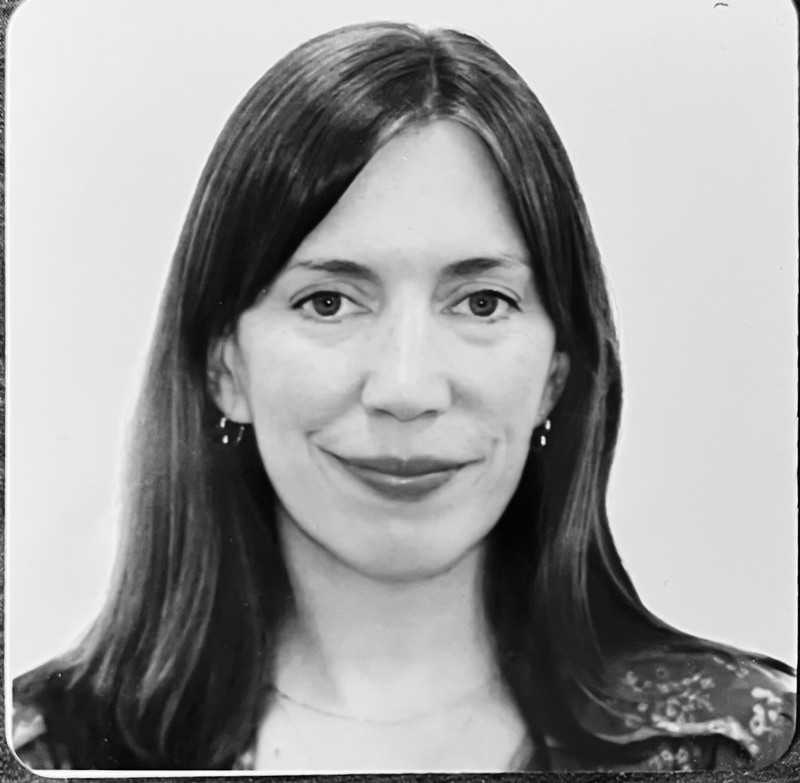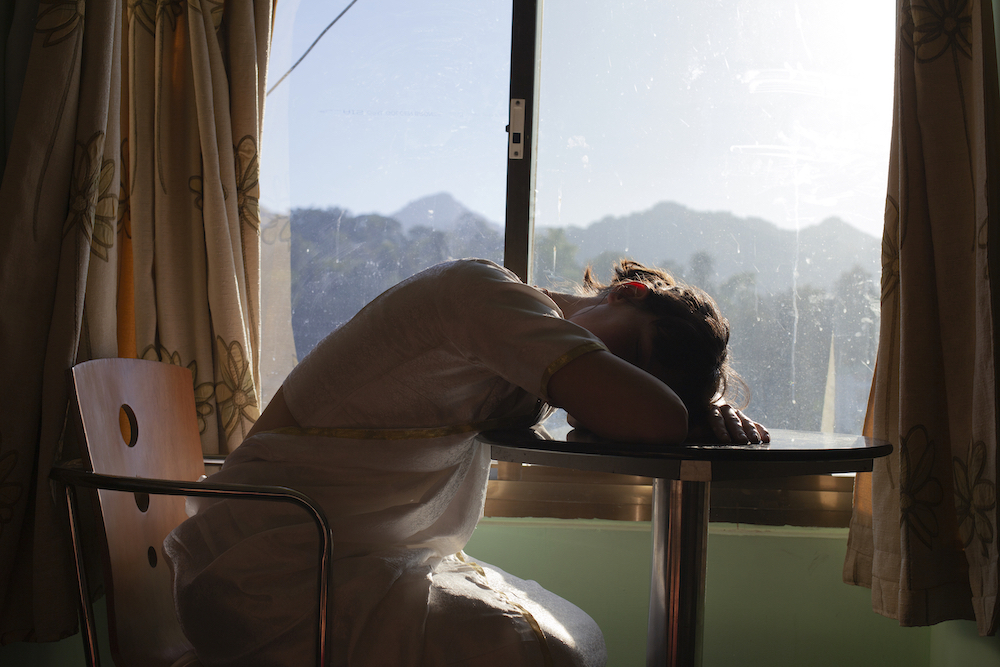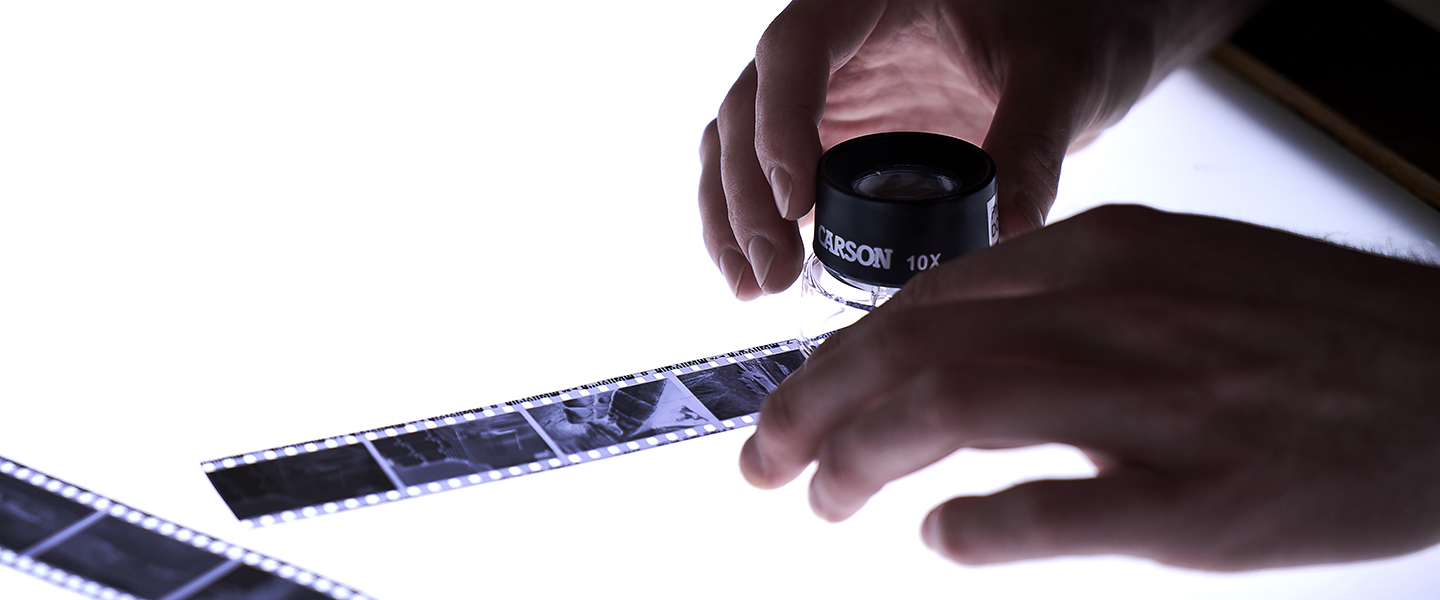 Rogers’ gallery ‘The Dream Pool’ on display thru May
Rogers’ gallery ‘The Dream Pool’ on display thru May
"I have to be making art in order to be the best teacher I can be."
With a general focus on academia, it can be easy to overlook the vital role that personal passion plays in the life of a professor. However, for Associate Professor of Photography Christine Rogers, her own artistic journey is as much a part of her teaching philosophy as the lessons she teaches in the classroom, with her perspective deeply rooted in her own artistic endeavors.
Starting out in college as an anthropology major, Rogers has always been enamored with the idea of humanity and self-expression. "I realized my sophomore year that I really wanted to tell stories and make art and be creative," Rogers reflected. “Though I realized art was a better avenue for me to do the work I wanted to do, I’m glad I studied the theory behind the discipline of anthropology and how to explore and represent other places responsibly. I think that’s a big part of what photography is, too.”
After working in Dublin, Ireland for a semester, Rogers returned with the idea to pursue a creative career and switched her focus of study to photography. Soon after, she attended graduate school at Tufts University in Boston, Massachusetts where she further refined her craft. Rogers taught for a few years at Wellesley College before moving back to her hometown of Nashville and beginning her tenure as a professor at Watkins College of Art and then full time at Belmont.
Throughout her teaching career, Rogers has remained steadfast in her commitment to her own artistic pursuits, serving as the cornerstone of her approach as a faculty member.
"I don't think you can really teach art from the memory of having once made art and not doing it anymore," she explained. “It's a vulnerable process to make work, and I think just knowing and continually doing that helps me understand where my students are coming from. I also think that the fun and the magic of making art, if I'm really alive and active with it, that feeds into the way I teach.”
At Belmont, Rogers imparts her passion for all levels of photography to her students, teaching a diverse range of courses that span from darkroom techniques to digital photography. "I like to think my classes are really fun," Rogers remarks. "I like to think that it's inherently fun work."
Rogers said Belmont students are smart, hardworking and focused. But most importantly, they really care. “I love how supportive they are of each other, where in every class we end up forming a pretty good community,” she said. “My students really like helping each other and care about each other in a way that I haven't seen. At other schools, I've seen students be competitive with one another, but I don't see that at Belmont. They just want to see each other do well, which is so mature and beautiful to see.”
 Rogers says it’s hard to define her own work in certain terms, as it is usually project-based where the form follows the function. A sculpture class in college helped her think of photographs more as functional objects and formed her mentality of the way photos function in our lives “as these material things.”
Rogers says it’s hard to define her own work in certain terms, as it is usually project-based where the form follows the function. A sculpture class in college helped her think of photographs more as functional objects and formed her mentality of the way photos function in our lives “as these material things.”
Her current project is one she has been working on for the past 10 years, exploring the historical significance of the ice trade between Boston and Calcutta in the 1800s. “I'd been interested in that history: taking photos of that and trying to kind of think about how photography can be used to remember something or revisit a history or a historical event,” Rogers explained. “And then also it started to kind of inner weave with my own life and my own story.”
“The Dream Pool” is comprised of 15 years of photographic work and archival newspaper texts from 1833-1835 that are intertwined with personal narrative. The images were made in three countries - Switzerland, the United States and India – and span two centuries. This project has been supported by two Fulbright research scholarships (2012-2013 and 2018-2019).
At Belmont, Rogers reflects on the symbiotic relationship between her teaching and her personal projects.
“It's just the process of all of us contributing something together," she said. “Putting all this together is a lot of work. So, it helps me remember how much my students are giving of themselves whenever they do a project or body of work.”
This collaborative spirit underscores the essence of artistic exploration, and Rogers hopes to serve as a beacon of inspiration for her students.
“I was always really inspired by seeing my teacher in college making work, printing his shows and having exhibitions. It made me really excited about what being an artist could be like,” Rogers said. “He was a really good role model, and I think modeling that for students is important.”
Rogers will present a gallery talk Thursday, March 14 at 4:45 p.m. on “The Dream Pool” in the Leu Gallery, located in the Lila D. Bunch Library.

